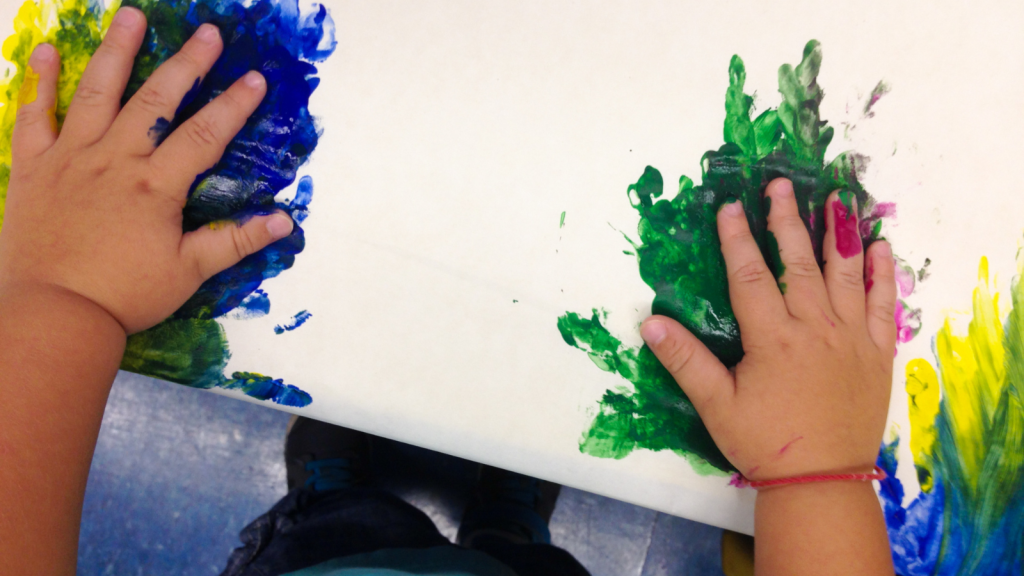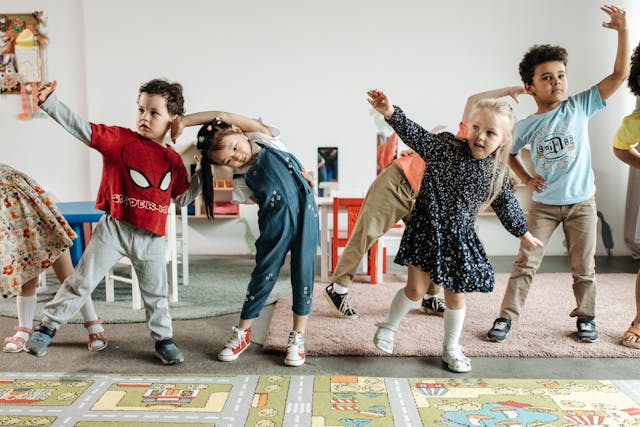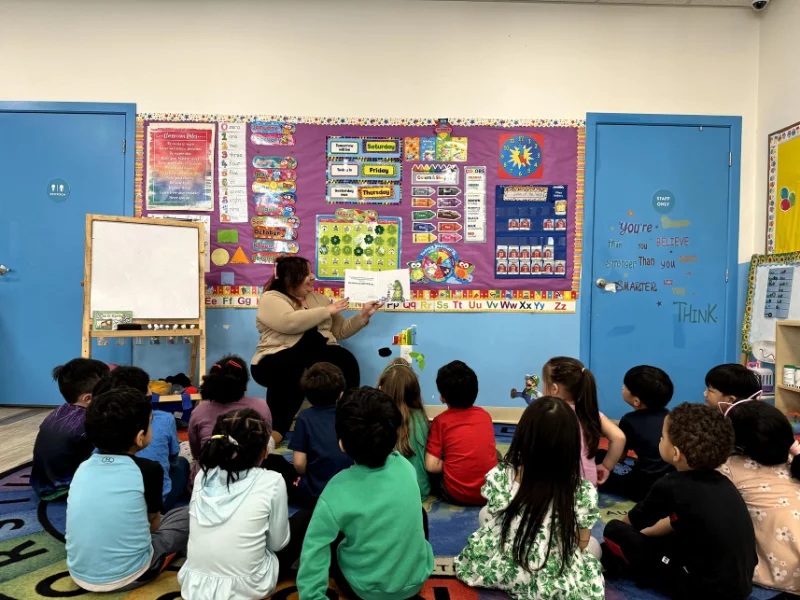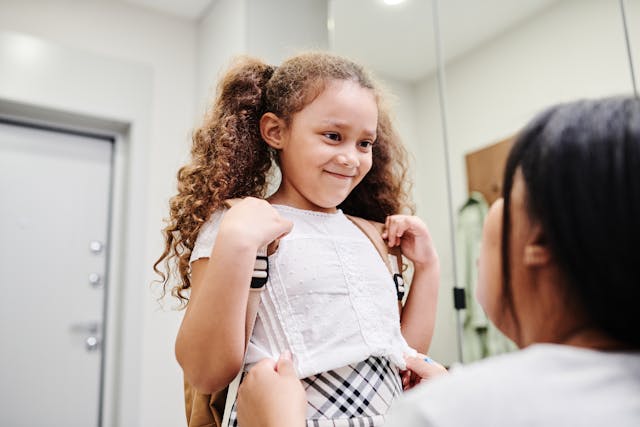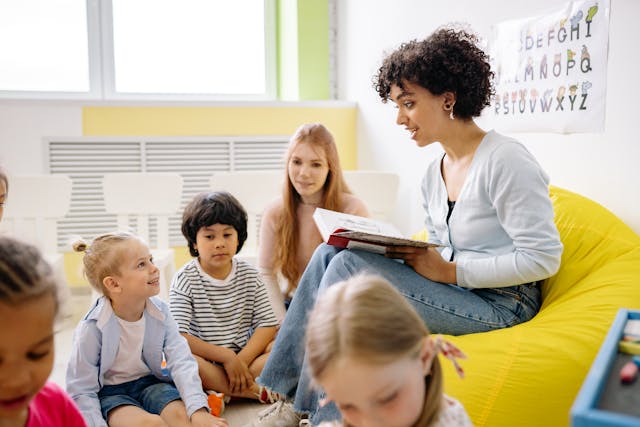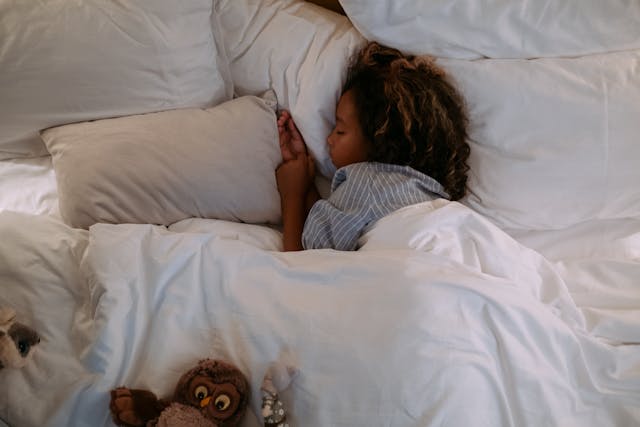Art is an essential part of a child’s development, offering a way to express themselves, explore new concepts, and develop fine motor skills. For preschoolers, messy art projects are not only fun but also educational. But what makes art “messy,” and why is it beneficial for young children? Let’s dive into the vibrant world of messy art and discover ten engaging activities that will captivate your little one’s imagination.
Paramus Daycare in Paramus, NJ, provides a safe and caring place for kids to play, learn, and grow happily. Our enthusiastic staff plans fun activities that help children develop their social, emotional, thinking, and physical skills. We aim to create a great environment where every child can learn and explore in the best way possible.
What Art Is Messy?
Messy art involves activities that require the use of materials that can spread, splatter, or create a tactile experience. This includes paints, glue, clay, and other substances that might get on clothes, hands, and surfaces. While this can sound intimidating, messy art is often the most engaging and sensory-rich experience for children. It allows them to explore textures, colours, and forms in a way that’s often more about the process than the final product.
Why Is Messy Art Good for Kids?
Messy art is incredibly beneficial for preschoolers for several reasons:
- Sensory Exploration: Messy art projects stimulate multiple senses. The feel of paint on their hands, the sight of vibrant colours, and the sounds of various materials help children develop sensory processing skills.
- Creativity and Imagination: Allowing children to get messy encourages them to think outside the box. There are no strict rules or right ways to use materials, which fosters creativity and imaginative thinking.
- Motor Skills Development: Manipulating different materials helps improve fine motor skills. Actions like squeezing glue, dipping brushes, and tearing paper all contribute to better hand-eye coordination and dexterity.
- Emotional Expression: Messy art provides a safe space for children to express their emotions. It can be especially useful for those who find it difficult to articulate their feelings verbally.
- Confidence Building: When children are free to experiment and make a mess, they gain confidence in their abilities and learn that making mistakes is a part of learning.
Fun and Engaging Art Projects That Encourage Creativity and Exploration
Here are ten messy art projects that are perfect for preschoolers. These activities are designed to be fun, safe, and engaging, giving your child ample opportunities to explore and create:
- Paint Bubble Art: Mix paint with dish soap and water to create colourful bubbles. Let your child blow bubbles onto paper to make unique and vibrant prints.
- Sensory Play-Dough: Make homemade play dough with flour, salt, and water, and add food colouring for extra fun. Children can knead, roll, and shape the dough to their heart’s content.
- Shaving Cream Marbling: Spread shaving cream on a tray, drop food colouring on top, and swirl it around with a stick. Press paper onto the cream to create marbled designs.
- Nature Collages: Collect leaves, sticks, and flowers from outside and glue them onto paper. This project combines nature with creativity and helps children learn about different textures.
- Finger Painting: This classic activity lets children use their fingers to paint directly on paper. The tactile experience of finger painting is both enjoyable and educational.
- DIY Slime: Mix glue, baking soda, and contact lens solution to make slime. Add colour and glitter for extra fun. Children love the stretchy, squishy texture of slime.
- Spaghetti Paint: Cook spaghetti until it’s soft, then let your child dip it into paint and use it as a brush to create unique art pieces. The texture and movement of the spaghetti add an interesting element to their artwork.
- Sponge Painting: Cut sponges into various shapes, dip them in paint, and press them onto paper. This technique creates fun textures and patterns.
- Paper Mache: Use strips of newspaper and a glue-water mixture to cover a balloon. Once it dries, pop the balloon to reveal a hollow, sculptural form that can be painted and decorated.
- Messy Sensory Bags: Fill resealable plastic bags with various materials, such as coloured rice, beads, or gel. Children can squish and move the materials around to create sensory experiences without making a mess.
Conclusion
Messy art projects offer a treasure trove of benefits for preschoolers, from enhancing sensory development to fostering creativity and confidence. By embracing the mess and letting your child dive into these colourful and tactile activities, you’re not just making art—you’re nurturing their growth and curiosity. So grab some old newspapers, aprons, and paint, and get ready for a fun-filled creative session that your child will cherish. Remember, the messier the art, the greater the adventure!

